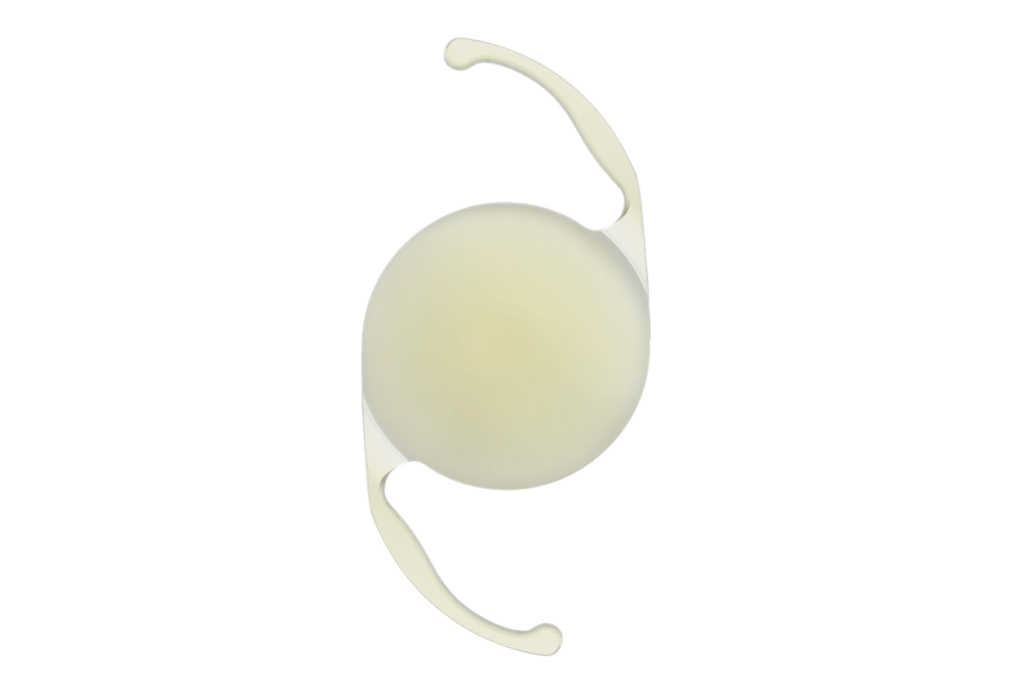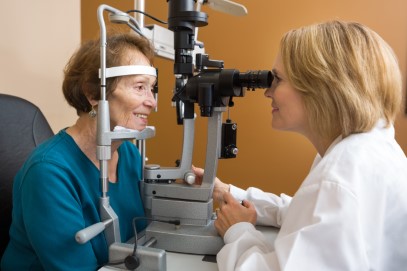Vivity unveiled virtually
Alcon launched their new Vivity intraocular lens (IOL) to New Zealand ophthalmologists in a virtual event on 24 September. There has been a lot of excitement about Vivity as early studies indicated it offers the benefits of multifocality without the side effects of a diffractive multifocal lens.
The virtual launch event, a first for Alcon due to Covid-19 restrictions, was hosted by Australian newsreader and media personality Tracey Spicer. A panel of surgeons from New Zealand and Australia explained the new technology, shared their own experiences with Vivity and offered advice for using the lens for the first time.
The presentation began with an anecdote from Auckland-based ophthalmologist Dr Shanu Subbiah about one of his patients shooting rabbits after being implanted with Vivity. Queensland’s Dr Frank Howes discussed his role as a lead investigator in trialling Vivity. He also presented some impressive outcome data showing reduced visual disturbances with Vivity, while explaining the revolutionary technology that allows presbyopia correction without diffraction and loss of light. This patented ‘X-wave’ technology shifts and stretches the wavefront to give a continuous extended focal range, placing Vivity in a class of IOLs quite separate to extended depth of focus (EDOF) or trifocal technologies, both of which can result in troublesome glare and halos.

Dr Frank Howes
A particularly important point Dr Howes highlighted from previous studies was that distance vision quality is not compromised with Vivity, while still providing good intermediate and near vision. Patients from two large trials reported side effect profiles of halos, starbursts and glare similar to the monofocal Acrysof IQ IOL from Alcon.
Understanding Vivity’s technology
The optics behind the wavefront stretching and shifting actions that Vivity performs were explained by Dr Subbiah. Two smooth transition elements on the IOL surface, less than a micrometre in height, delay the central portion of the light wavefront to provide an extended focal range without losing light to diffraction. These transition elements, forming a central plateau, are barely visible to the naked eye, which explains the marked decrease in visual disturbances compared to diffractive IOL designs.
The surprise of the night came from the chair, Dr Paul McCartney, who introduced a live case who had been implanted with Vivity bilaterally by Dr Howes. The patient was able to give us a first-hand impression of her own visual experience with Vivity. She said she loved “the clarity of everything” and “the removal of all glare” that she had suffered from with her cataracts. It was great to hear her share how happy she is being able to read, use her computer and drive, all without glasses, and not have any visual disturbances. As an active 47-year-old woman with high visual demands, Vivity has given her everything she wanted from cataract surgery, she said.
Vivity is designed to provide functional reading vision, meaning that patients may require spectacles for some near activities. The panellists indicated that using Vivity with an aim for mini-monovision appears to be extremely successful and would be their preference.
In conclusion
Personally, I have been excited about the launch of Vivity since I first had the chance to learn about it at the European Society of Cataract and Refractive Surgeons meeting in Paris last year. I anticipate that it will become the default IOL option for many surgeons as being able to offer patients a range of vision without negative side effects has always been the holy grail of IOL design.
When I was first shown Vivity, I had thought it would impact my trifocal IOL use but after this launch event I expect it to replace my regular monofocal IOL choice. Being able to offer patients an extended range of vision without added side effects is something ophthalmologists have been waiting for. Vivity has adopted the same, well-known lens material as the Acrysof IQ monofocal IOL and uses the same injector, so for most surgeons there will be minimal learning required. Centration also appears to not be as crucial as for other IOL designs, so Vivity should provide an easy introduction to using presbyopia correcting lens technology.
The event wrapped up with Karen Fowler, country lead for Alcon in Australia and New Zealand, explaining how thrilled she was that New Zealand was chosen as one of the first countries to access the new, one-of-a-kind technology of Vivity. She also reminded us that the Alcon New Zealand team of Jen, Megan, Ian and Tristan are all happy to hear from anyone wanting further information about Vivity.


Dr Ben LaHood is an Auckland-based consultant ophthalmologist with subspecialty fellowship training in laser vision correction and refractive cataract surgery with a special interest in astigmatism correction.



























